Artist: Unknown
A new exhibition at Kettle’s Yard brings together mysterious treasures from thirteen University of Cambridge collections to strip away the cult of the artist and challenge how we value art.
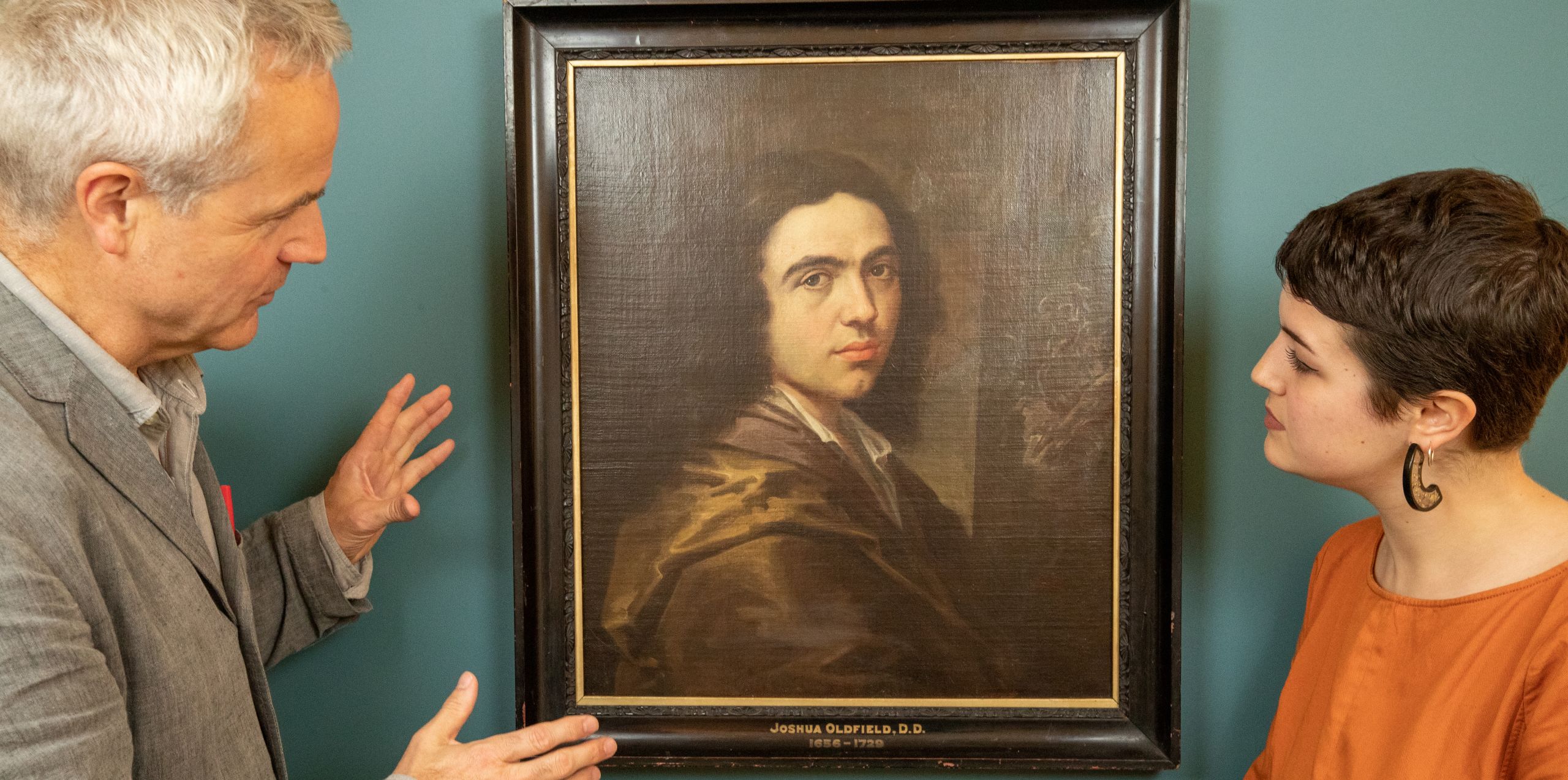
Have you ever felt under pressure to like a painting just because it’s by a famous artist? If you have, you might find this exhibition liberating.
In an age of big name blockbusters, celebrity artists and record-breaking auction prices, Kettle’s Yard is staging the first major exhibition dedicated to works catalogued as ‘Artist: unknown’.
The University cares for thousands of such anonymous objects, few of which are usually on public display. So experts from across the University have put their heads together to identify some of the most exquisite and interesting examples, spanning continents, centuries and media.
The exhibition, which opens on 9 July 2019, combines paintings, drawings, ceramics, textiles, wood carvings, jewellery, scientific instruments, taxidermy and scrimshaw, and invites visitors to interrogate accepted definitions of what art is and who should be considered an artist.
Artist: Unknown celebrates masterpieces by those who, for various intriguing reasons, have slipped through the art historical net. Often, their names were never recorded, others have been forgotten over time, and some are disputed by experts. But, as Andrew Nairne, Director of Kettle’s Yard passionately argues, this anonymity shouldn’t detract from the beauty, originality and skill invested in these objects.
“We’re not displaying third- or even second-rate art here, far from it,” says Nairne. “We’ve painstakingly selected works which are really worth looking at, which display artistic excellence, and which are utterly compelling. At the same time, we’re revealing the fascinating inside story of how objects are made, how they end up in collections, and what this context reveals about artists, collectors and an object’s perceived value.”
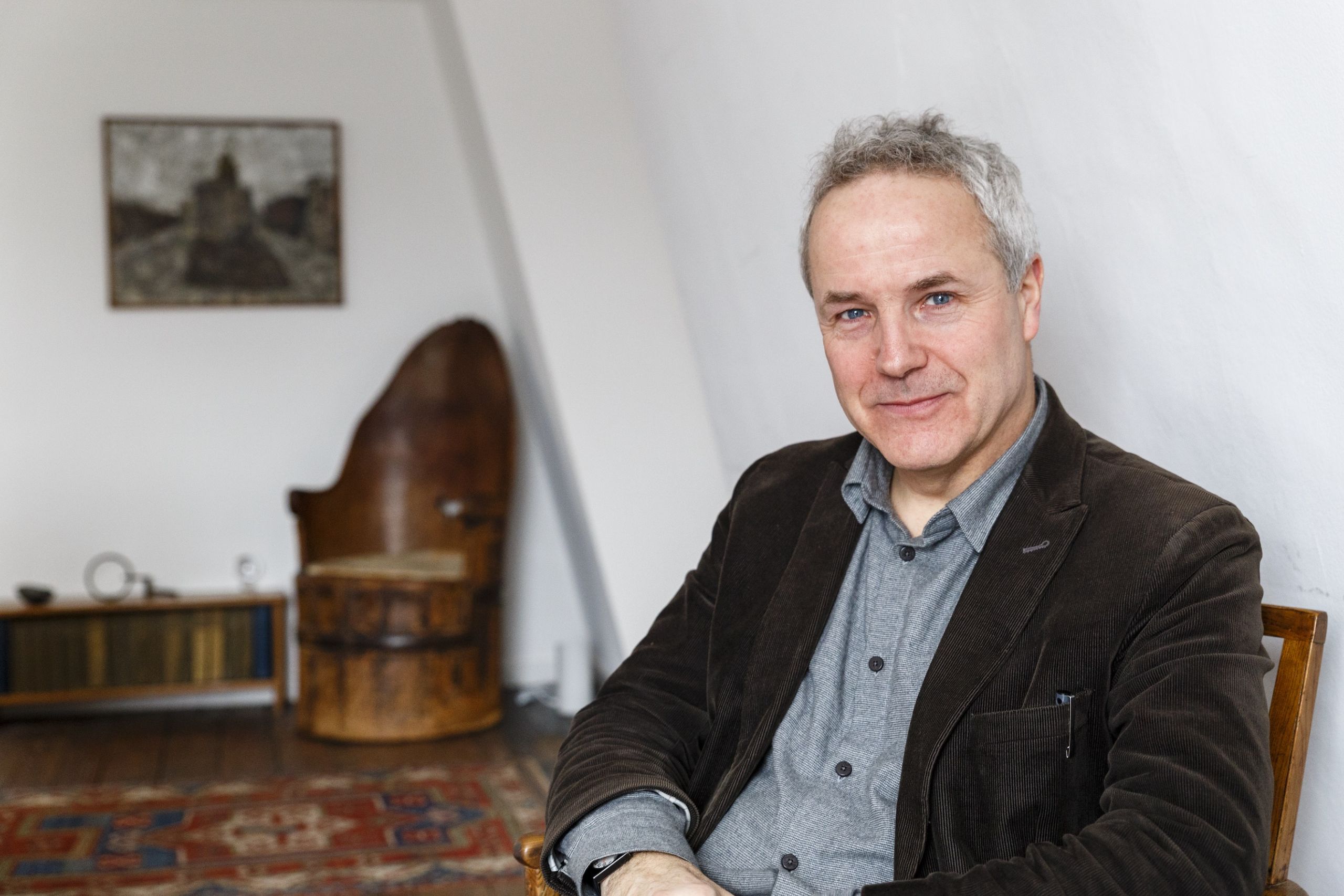
Andrew Nairne, Director of Kettle's Yard. Photo: Josh Murfitt
Andrew Nairne, Director of Kettle's Yard. Photo: Josh Murfitt
“No one has done this kind of exhibition before, it’s an experiment, we don’t quite know what it will feel like because we’re so used to going to exhibitions where the artists are named.”
Nicholas Thomas, chair of the Cambridge Museums Steering Group and Director of the Museum of Archaeology and Anthropology, says:
“The University of Cambridge Museums might have been invented to support this kind of experiment. Our collections are astonishingly diverse, ranging across the arts and sciences. This makes it possible to unite works from very different contexts, objects that have never been seen or considered together before, works we associate with very different disciplines, to answer a specific question.”
The exhibition’s aims are intimately connected to the philosophy of Kettle’s Yard’s founder, Jim Ede.
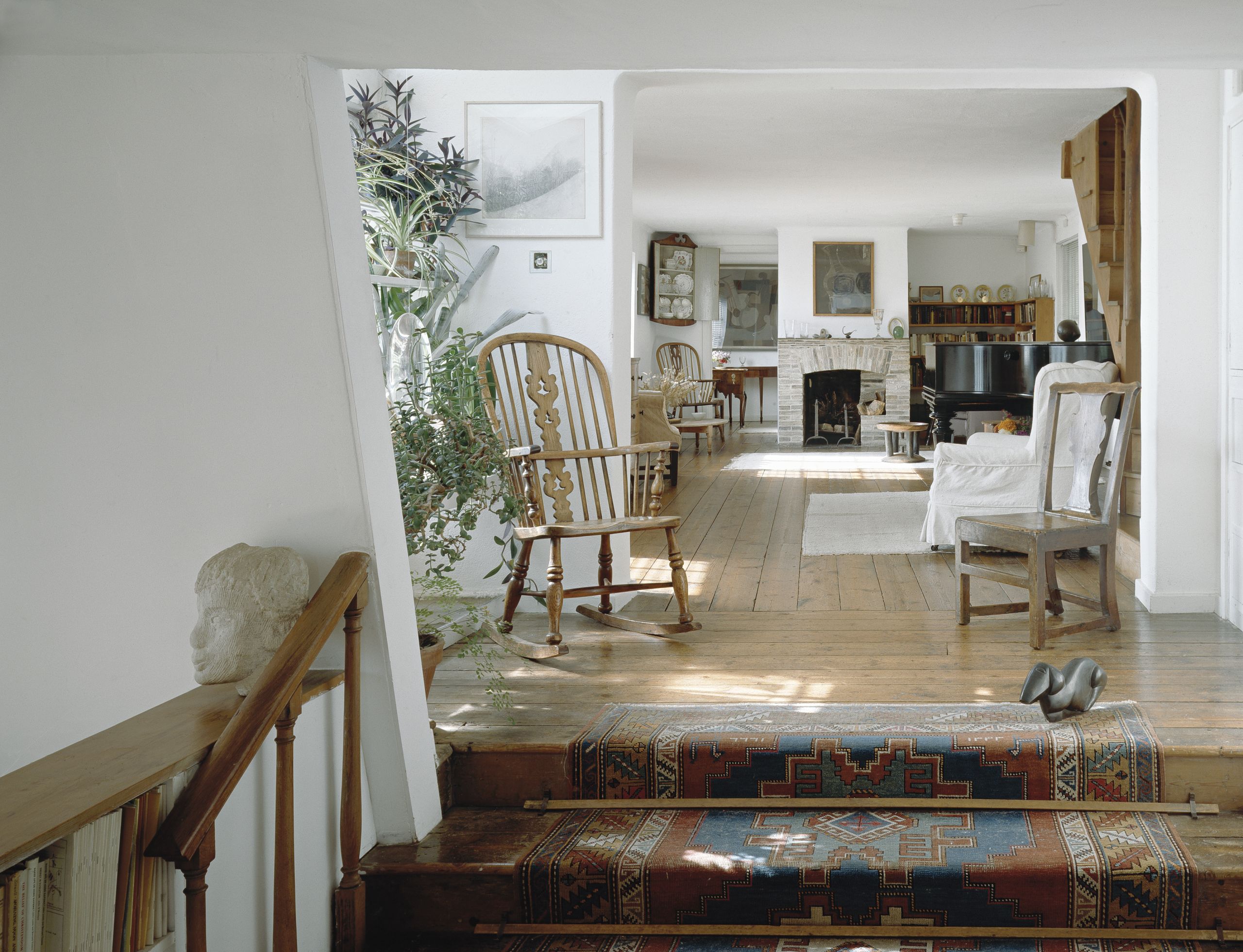
“Jim Ede wanted you to experience paintings, sculptures, rugs, chairs, all kinds of things, as visually interesting before you even consider who they were made by,” says Nairne.
“He was always questioning the idea of aesthetic value, of what’s worth looking at, what’s worth knowing about, what makes us look at one object longer than another.
“His great challenge to us was to say: I want you to spend as much time looking at an arrangement of pebbles, worth nothing, as you do a work by Miró, one of the great twentieth century artists and worth a great deal of money.
“When it comes to looking, Jim thought they were of equal value. So our exhibition is very much inspired by the democracy of display at the heart of Kettle’s Yard.”
Co-curator, Eliza Spindel, emphatically agrees: “Jim Ede collected work by famous artists, unknown artists and found objects. Very deliberately, he didn’t put labels on anything, he wanted visitors to encounter everything in a very immediate way without the distraction of who made it. A large Henry Moore bronze is the only object in the house that has a label because Moore insisted on it, but Ede turned the label round so it faces the wall.”
The exhibition democratises art in other ways. Works by Nigerian, Iranian, Inuit and Fijian artists are given the same prominence and artistic status as so-called European ‘high art’.
Nairne says: “We shouldn’t be so hierarchical. Traditionally, the nineteenth-century portrait in our show that may or may not be by Degas, would have been considered more important than the carvings by unknown African artists. But we’re saying that these works of art are equally worth looking at.”
Spindel points out loans from the Museum of Archaeology and Anthropology, which include a Nigerian thumb piano featuring a sculpted human face and two animal heads.
“Anthropologists used to view this as an artefact but it’s a wonderful and unique work of art, not a generic example of a craft tradition.”
Several exhibits come from traditions of ‘craft’ or ‘folk art’, genres typically marginalised in art historical narratives because of their association with feminine or working-class activity.
Highlights include an elaborate eighteenth-century German sampler – linen embroidered with silk – from the Fitzwilliam Museum’s renowned collection.
These objects formed a vital part of women’s education in northern Europe and demonstrate highly personal displays of skill and character with motifs reflecting the maker’s religious beliefs or political allegiances.
Spindel says: “In Western tradition, you generally had to be a man to be considered an artist. By removing names entirely, our exhibition opens up these definitions.”
Another prominent theme of the exhibition is the relationship between art and science.
Scientific diagrams, instruments and educational tools all required skilled makers, figures who often remained anonymous. Some of these objects demonstrate an artistic virtuosity that went above and beyond what was required for pedagogic function.
Visitors might be particularly surprised to encounter a stuffed monkey. “We do now talk about the art of taxidermy”, says Nairne. “It’s a highly-skilled craft and at its very best, goes far beyond its basic purpose.” The University’s Museum of Zoology agreed to lend its most exquisite exhibit, a small putty-nosed monkey native to west Africa.
“It isn’t just technically brilliant”, says Spindel, “posing the animal in such a lifelike and engaging way, as if it’s in mid-movement, blurs the boundary between art and science. A lot of taxidermy fails to do this and falls into the trap of cliché. This monkey is special.”
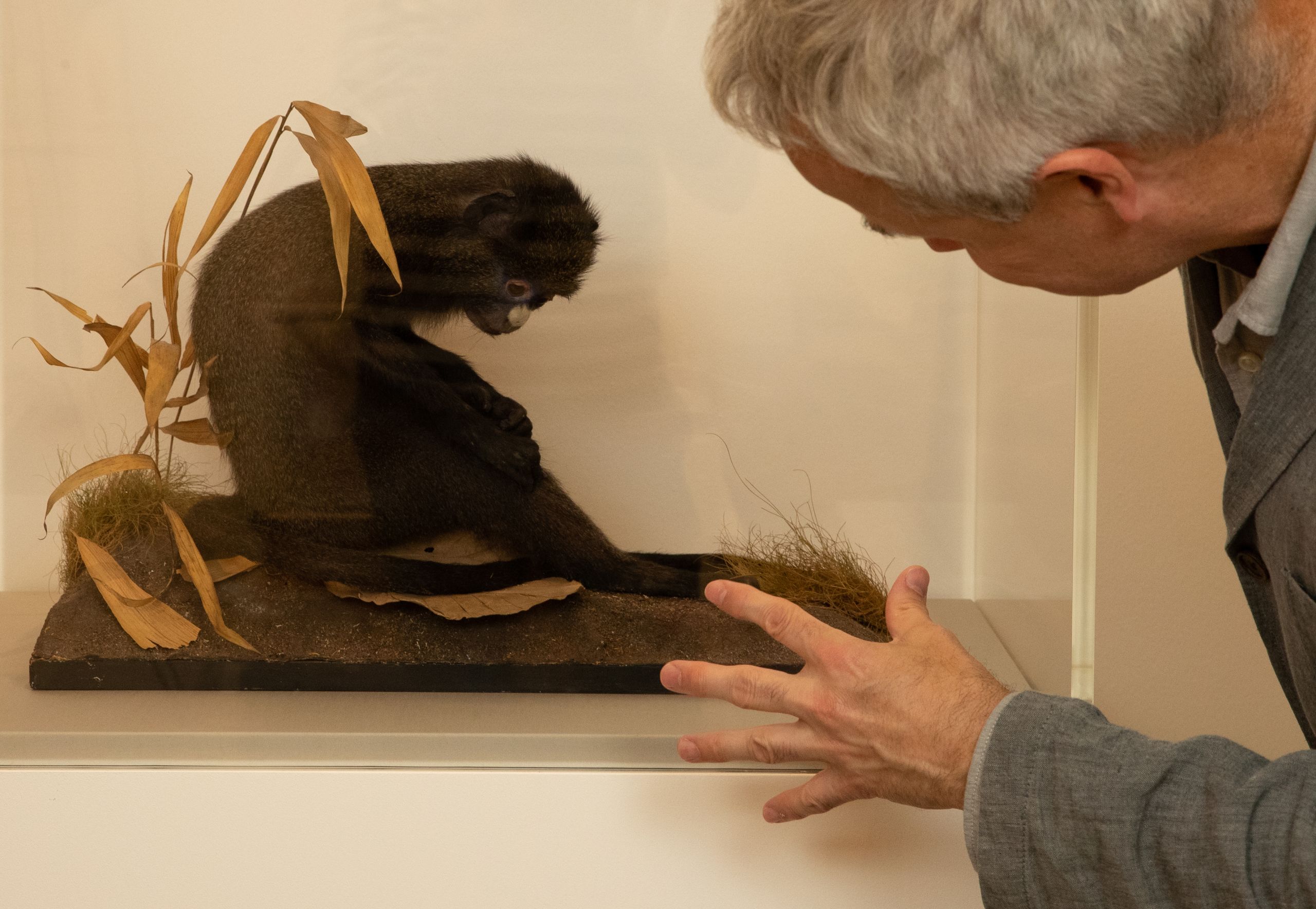
Andrew Nairne with the Museum of Zoology's putty-nosed monkey. Photo: University of Cambridge / Nick Saffell
Andrew Nairne with the Museum of Zoology's putty-nosed monkey. Photo: University of Cambridge / Nick Saffell
When pushed to choose a favourite object, Nairne says: “I’m a fan of the Dutch flower painting from the Fitzwilliam. It has beautiful colours and it’s immaculately painted.
“It comes from such an incredible moment in Dutch art history, the late seventeenth century. It’s astonishing to have a painting of this quality and not know who did it. But let’s just use our eyes and say it’s ridiculously good.”
Spindel opts for a tea bowl from Kettle’s Yard because: “We used to think it was by the twentieth-century studio potter William Staite Murray but it’s actually Song dynasty Chinese, so tenth to thirteenth century.
“Apart from being very beautiful, it has gold repairs around the rim which probably were carried out by William, who owned the bowl. Confusingly, the technique used to repair this Chinese object is actually Japanese, so it’s just the most amazing hybrid.”
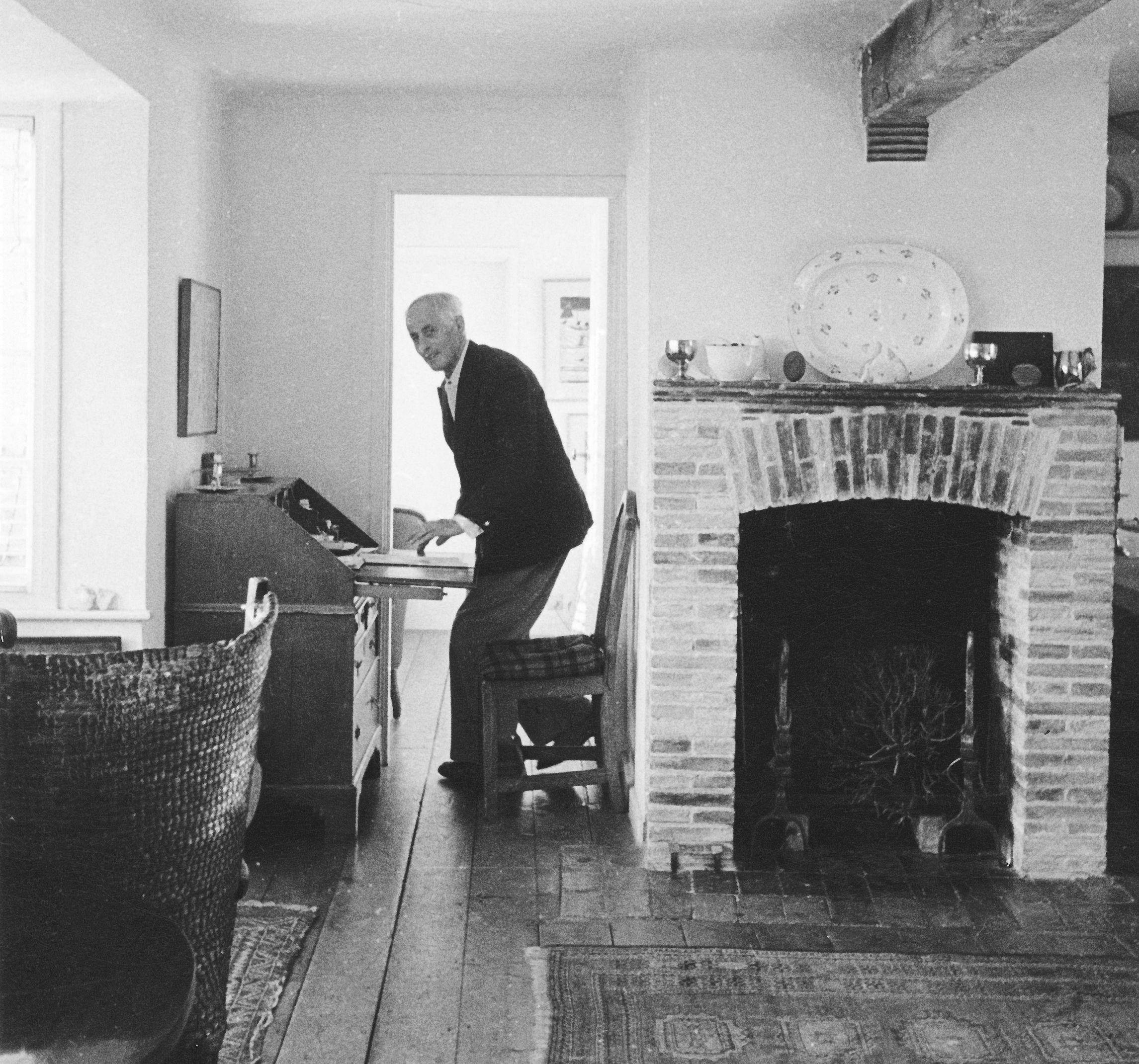
Jim Ede at Kettle's Yard. Photo courtesy of Kettle's Yard, University of Cambridge
Jim Ede at Kettle's Yard. Photo courtesy of Kettle's Yard, University of Cambridge
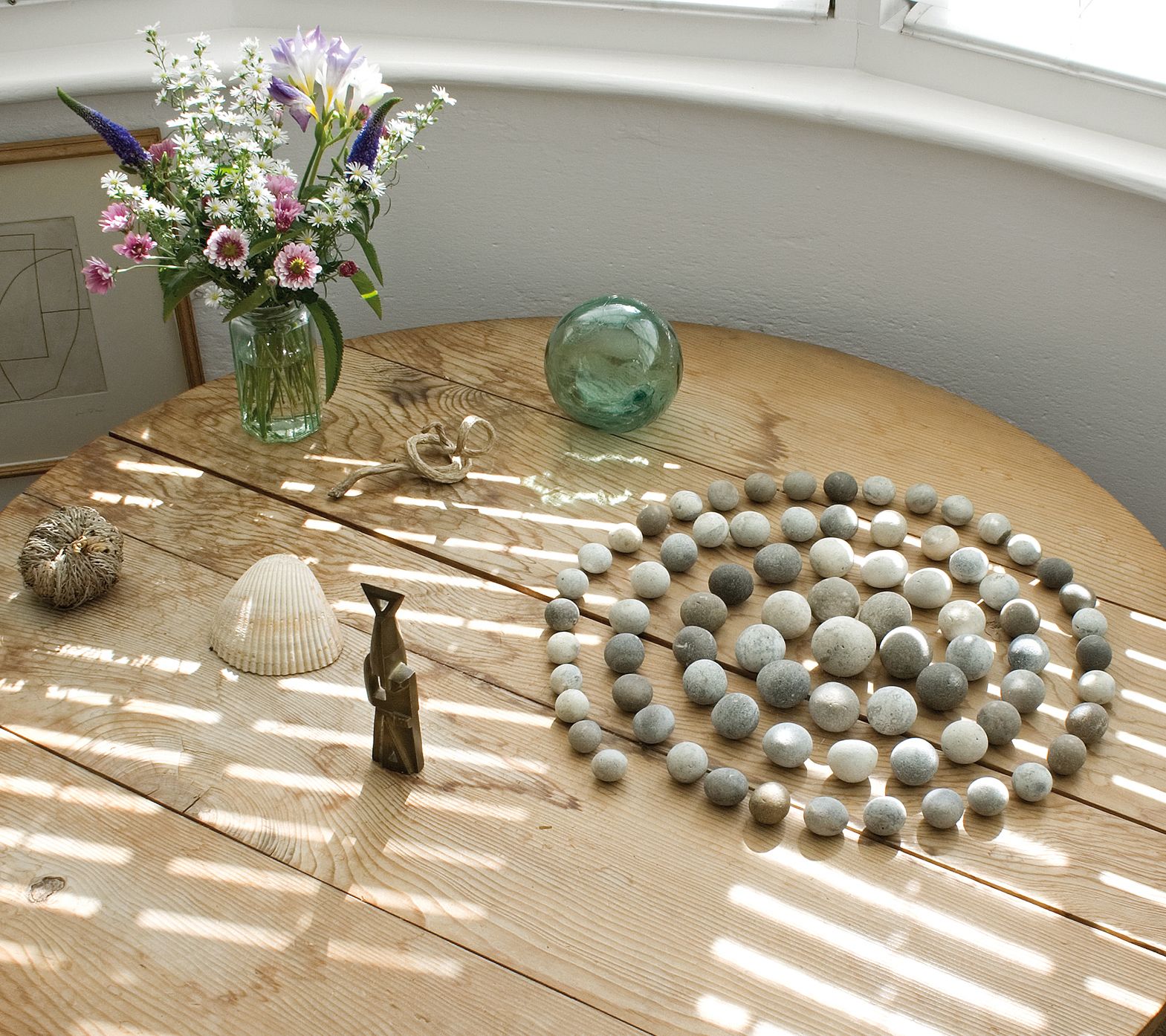
Jim Ede's bedroom table. Photo: Paul Allitt
Jim Ede's bedroom table. Photo: Paul Allitt
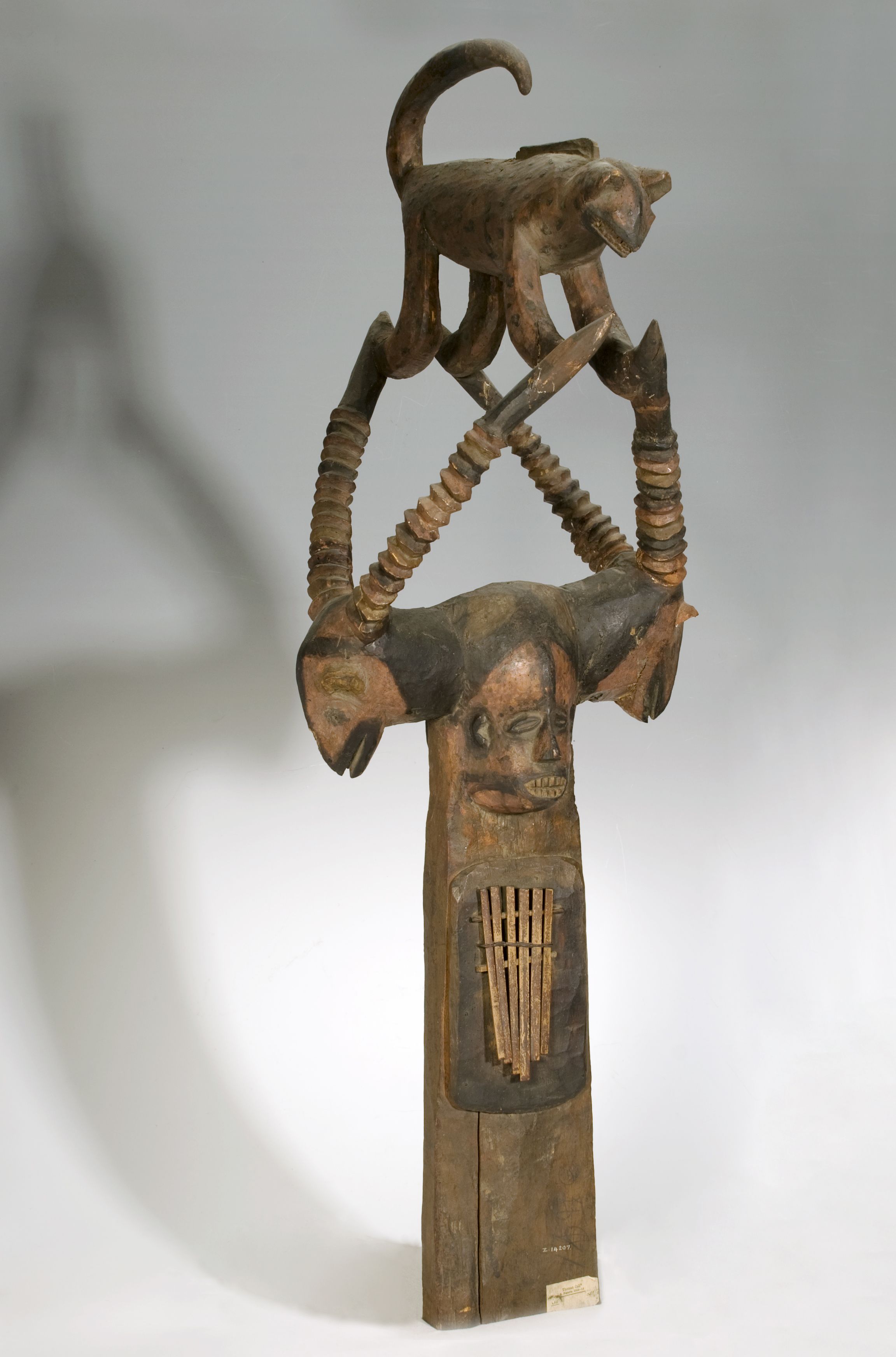
Thumb piano, Awgbu, Southern Nigeria. Museum of Archaeology and Anthropology
Thumb piano, Awgbu, Southern Nigeria. Museum of Archaeology and Anthropology

Sampler (linen with polychrome silks, Germany, 1727). © The Fitzwilliam Museum, Cambridge
Sampler (linen with polychrome silks, Germany, 1727). © The Fitzwilliam Museum, Cambridge
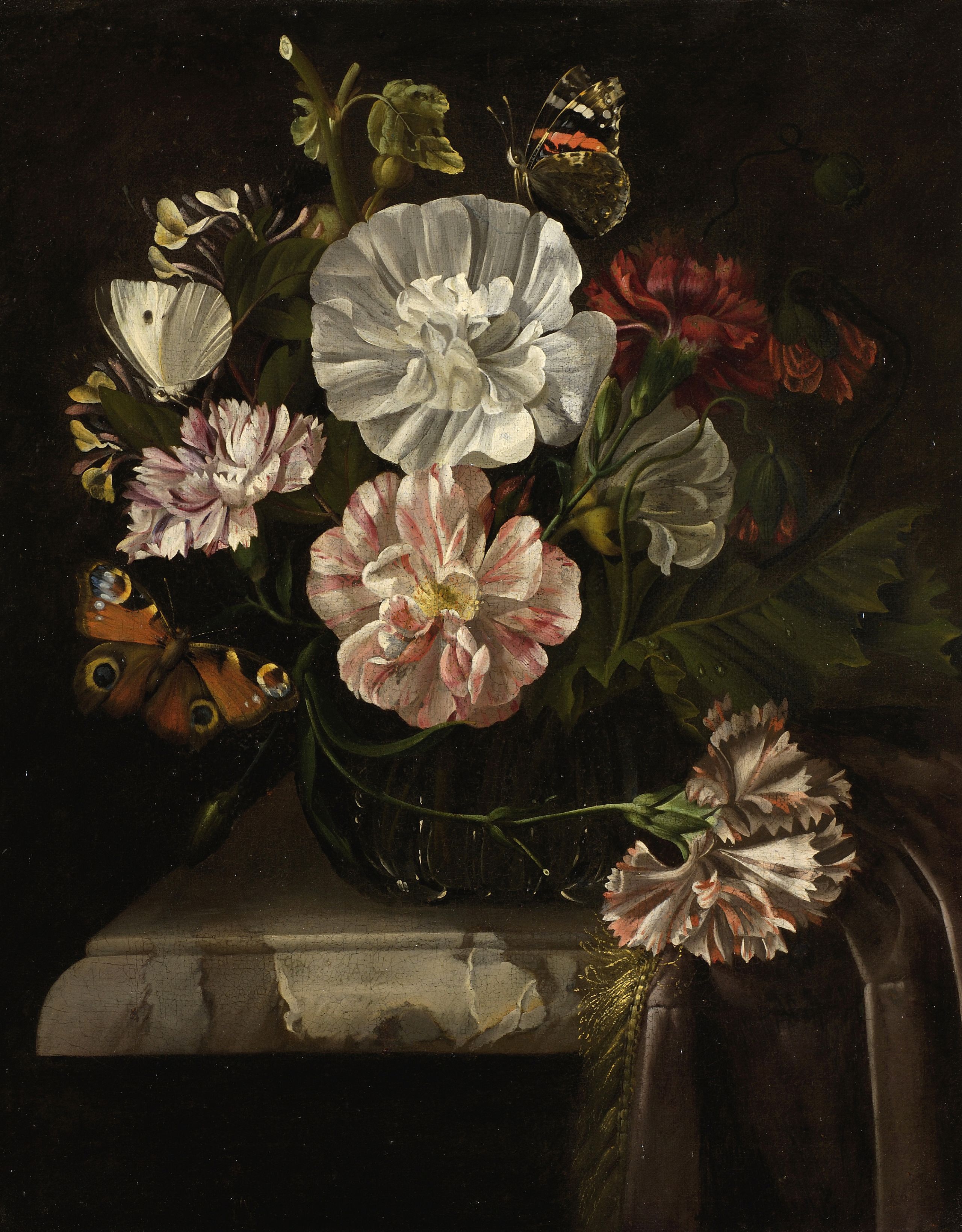
Dutch School, Vase of flowers (oil on canvas). © The Fitzwilliam Museum, Cambridge
Dutch School, Vase of flowers (oil on canvas). © The Fitzwilliam Museum, Cambridge
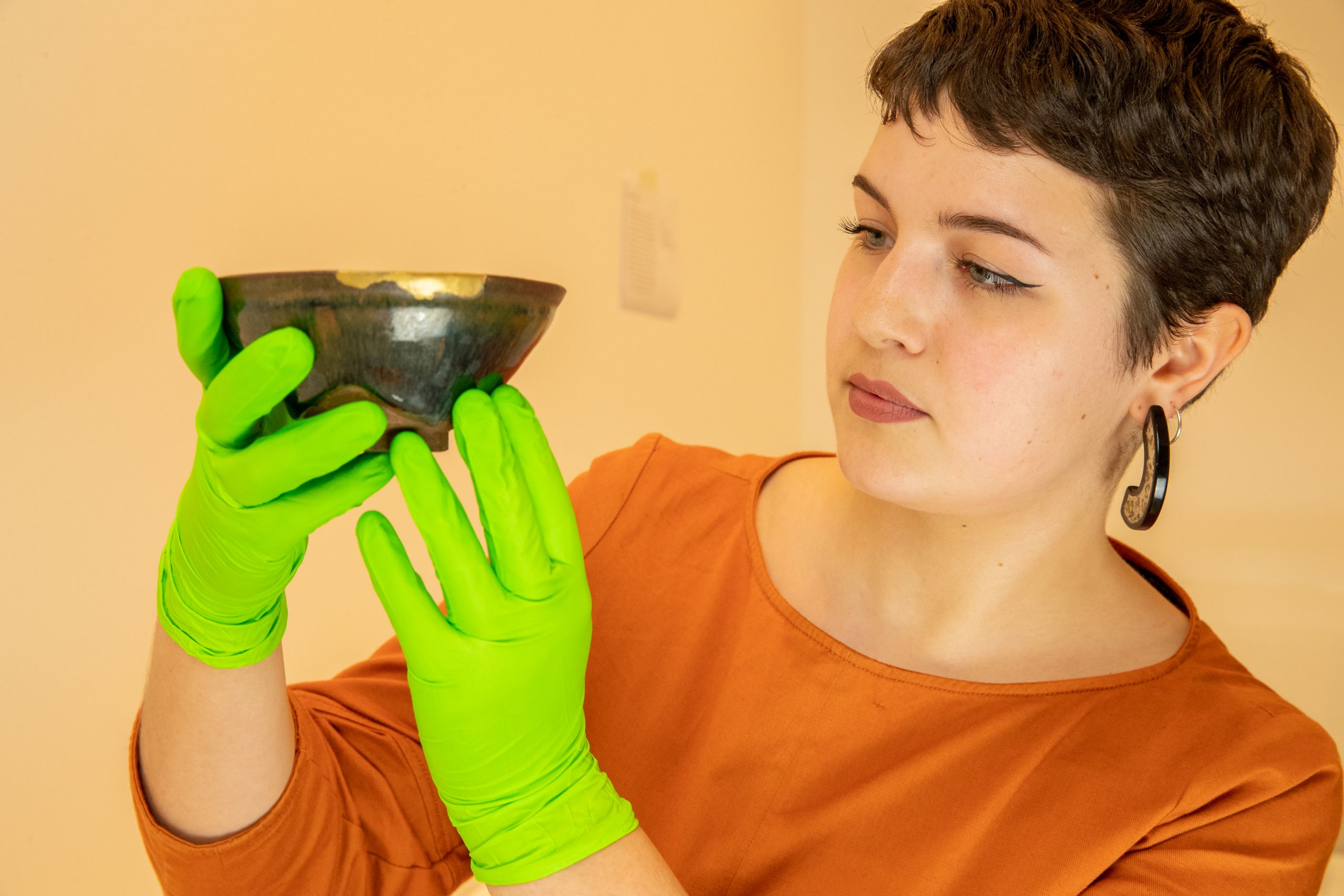
'Artist: Unknown' co-curator, Eliza Spindel, examines Kettle's Yard's Tea Bowl (China, Southern Song Dynasty: 1127 - 1279). Photo: University of Cambridge / Nick Saffell
'Artist: Unknown' co-curator, Eliza Spindel, examines Kettle's Yard's Tea Bowl (China, Southern Song Dynasty: 1127 - 1279). Photo: University of Cambridge / Nick Saffell
Other highlights
Dutch or Italian School, Portrait of a Gentleman (oil on canvas, c.1660s). Christ’s College, Cambridge.
Acquired by Christ’s College in 1912, this enigmatic portrait was thought to depict a Presbyterian pastor, Joshua Oldfield, a seventeenth-century alum. But the easel to the right indicates the sitter’s real occupation. His half-finished canvas shows the outline of a nude male torso, probably part of a mythological or Old Testament scene – a clue that the artist is Dutch or Italian rather than English. Nairne says: “You feel like we really should know who this artist is. It would be fascinating if someone did come forward and help us to identify him.”
Carving of a walrus, Green serpentine, Canada (before 1966). The Polar Museum
Walruses are common subjects in Inuit art. Made from soft green serpentine stone, this sculpture was shaped with hand tools before being painstakingly polished with sandpaper. Though the Inuit have made carvings for thousands of years, the art in its current form took off from the late-1940s, encouraged as part of relocation and settlement schemes by the Canadian government. Inuit artists often signed their works as a mark of authenticity but not in this case.
Italian School, Head of a woman with eyes lowered, looking down (chalk on paper). The Fitzwilliam Museum
This drawing arrived at the Fitzwilliam Museum in 1876 as part of a bundle of uncatalogued items from the University Library. An intimate study of the head and shoulders of a young woman, it was probably made as a preparatory drawing for a painting of the Madonna. The drawing offers evidence of previous attempts to attribute it. Inscribed by one collector in the bottom left corner are the words ‘Rafel/Urbin’ (referring to the Italian Renaissance artist, Raphael). But the drawing’s style suggests it was made later, in the seventeenth century. Although incorrect, the collector clearly recognised the drawing’s technical quality and subtlety of emotion.
Plant systematics and morphology teaching wallchart: Cactus Sedum (Gouache and ink on paper, late nineteenth to early twentieth century). Cambridge University Herbarium
Famous botanists in the nineteenth century often worked with artists to design wallcharts, which were reproduced and distributed for teaching. Unlike studying a real specimen, they allowed a plant to be shown from multiple viewpoints and at several stages in its development. Yet, these vibrantly painted wallcharts are different. While they follow some conventions, they seem to have been made by someone more interested in their visual appeal than strict scientific rigour. It is possible they were not intended as practical teaching aids but the identity of the artist remains a mystery.
To hear more about exhibits including the Chinese tea bowl and the putty-nosed monkey from the curators, click through to the exhibition’s podcast.
The exhibition features loans from: Museum of Archaeology and Anthropology; Cambridge University Botanic Garden; Christ’s College; Museum of Classical Archaeology; The Fitzwilliam Museum; Cambridge University Herbarium; Kettle’s Yard; Queens’ College; The Polar Museum; Sedgwick Museum of Earth Sciences; Whipple Museum of the History of Science; Cambridge University Library; Museum of Zoology
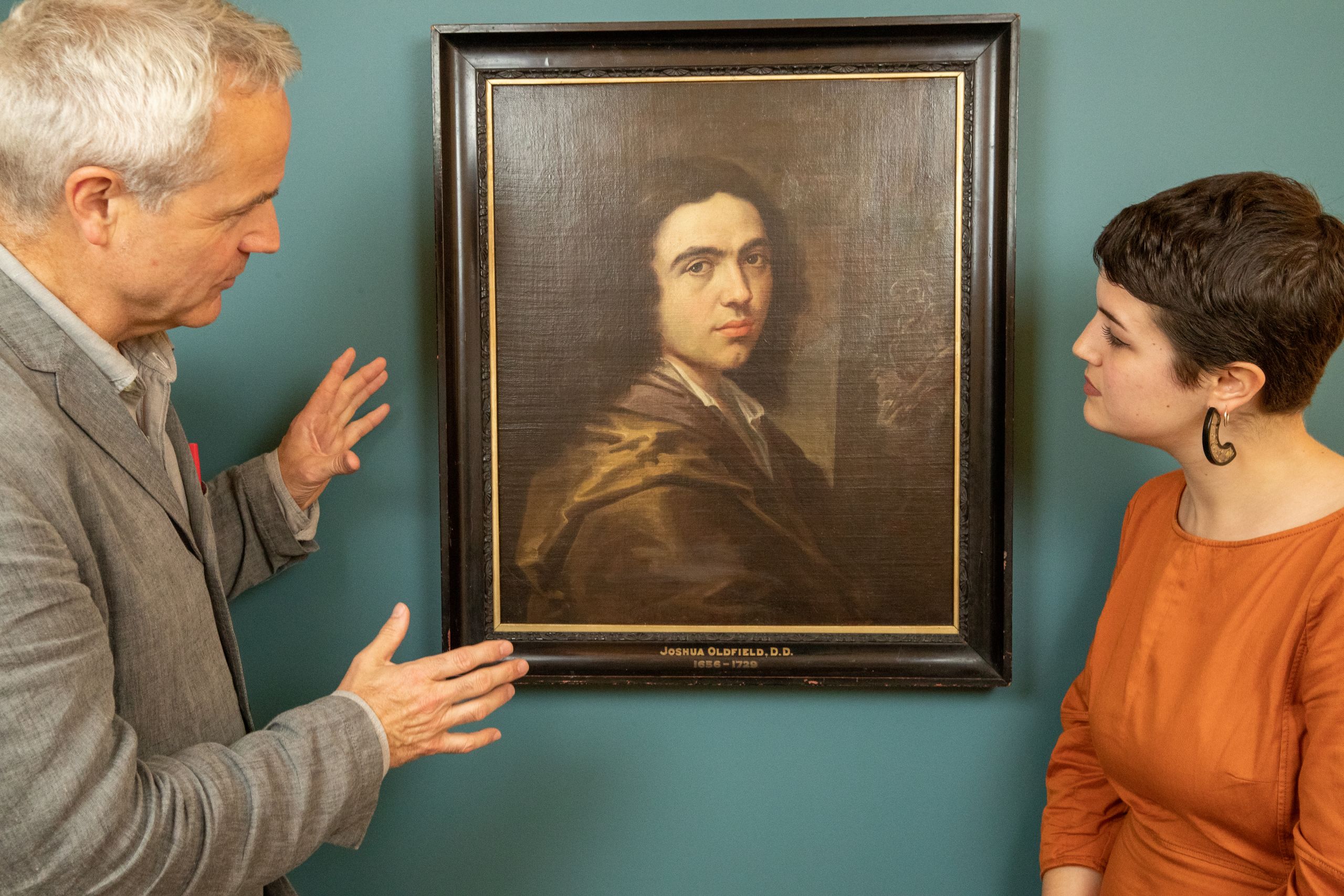
Artist: Unknown' curators Andrew Nairne and Eliza Spindel at Kettle's Yard with Portrait of a Gentleman (oil on canvas, c.1660s). Christ's College. Photo: University of Cambridge / Nick Saffell
Artist: Unknown' curators Andrew Nairne and Eliza Spindel at Kettle's Yard with Portrait of a Gentleman (oil on canvas, c.1660s). Christ's College. Photo: University of Cambridge / Nick Saffell
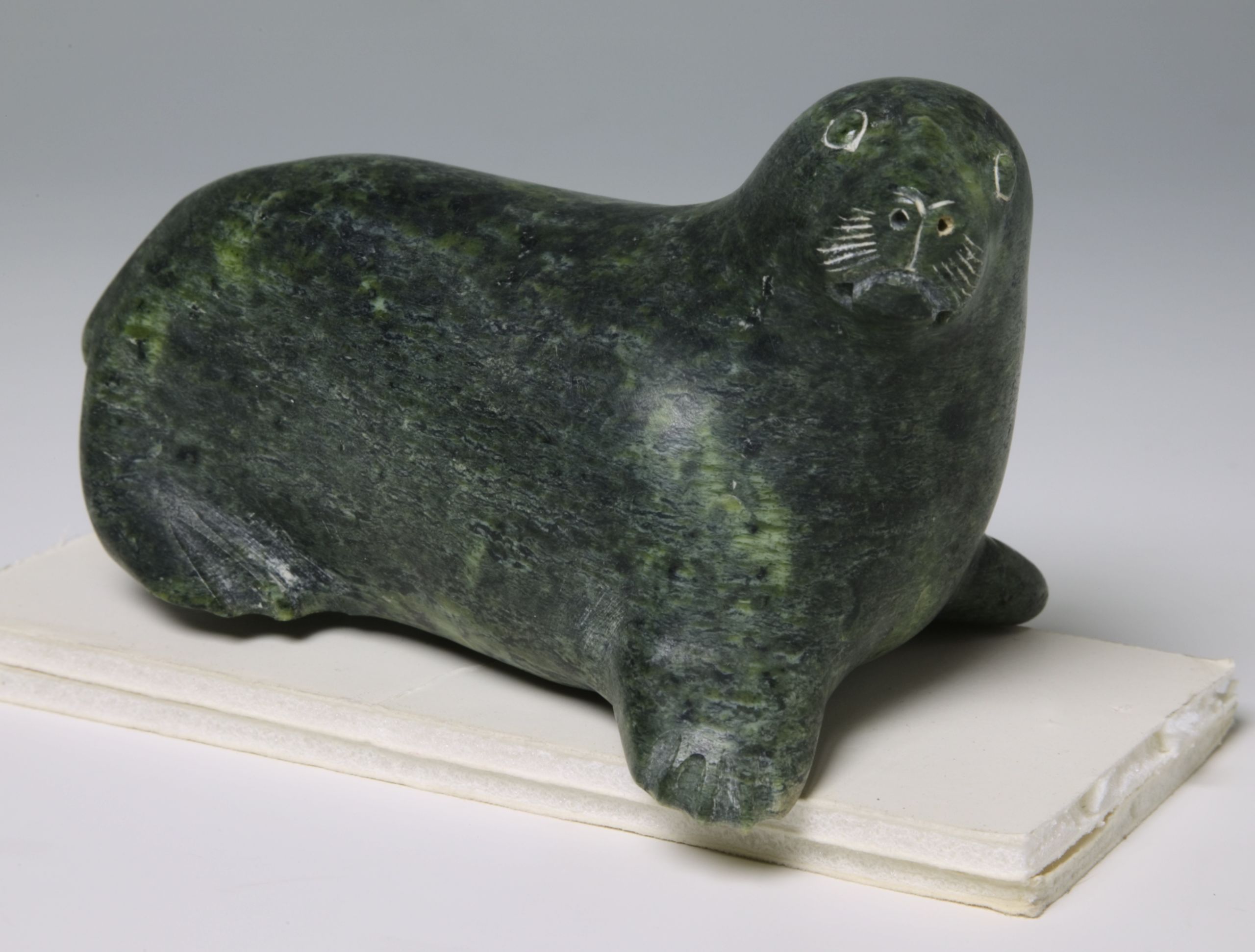
Walrus carving (Green serpentine, Canada, before 1966). The Polar Museum
Walrus carving (Green serpentine, Canada, before 1966). The Polar Museum
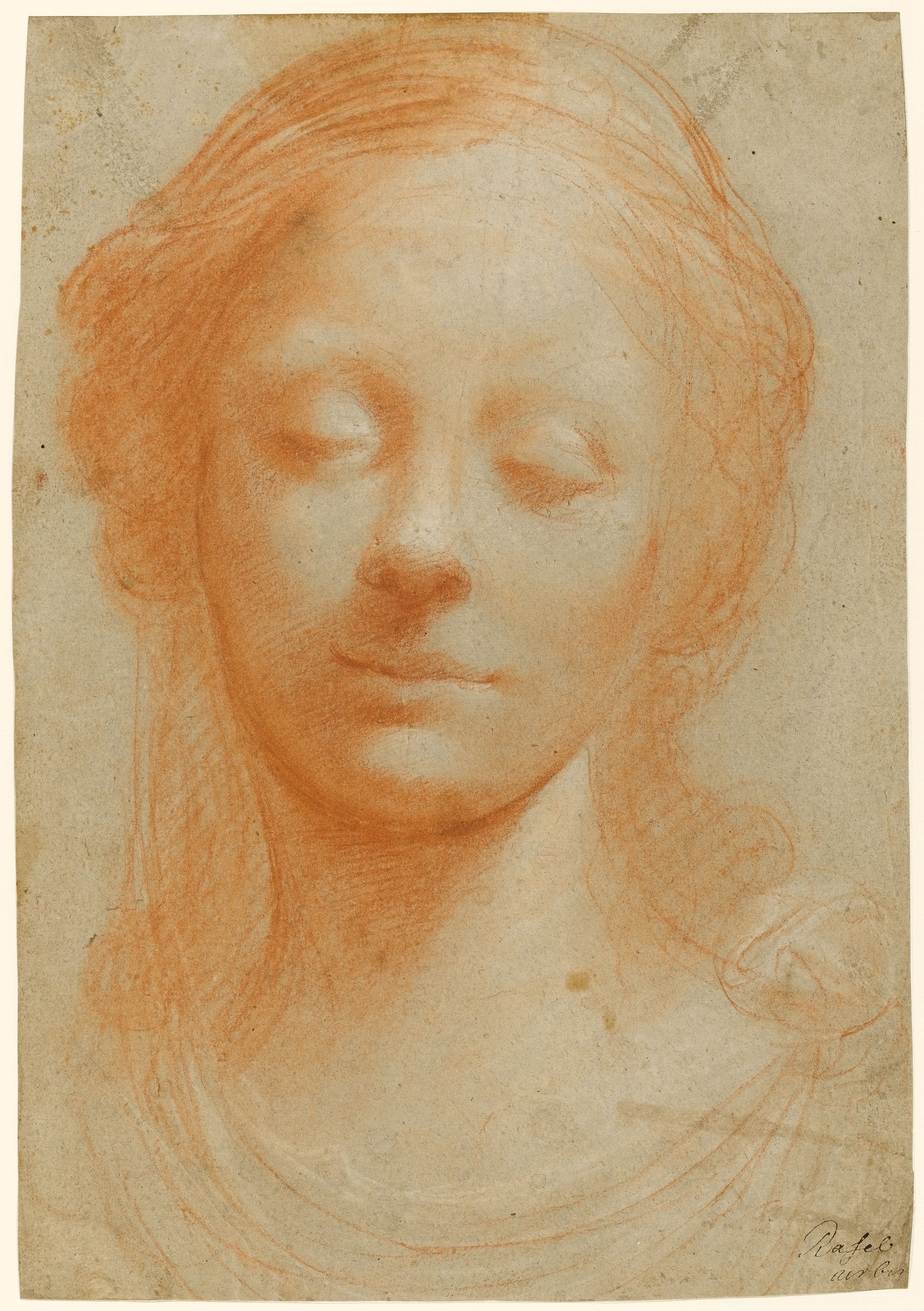
Italian school, Francesco Furini (?), Head of a woman with eyes lowered, looking down (Red and white chalk on blue paper). © The Fitzwilliam Museum, Cambridge
Italian school, Francesco Furini (?), Head of a woman with eyes lowered, looking down (Red and white chalk on blue paper). © The Fitzwilliam Museum, Cambridge
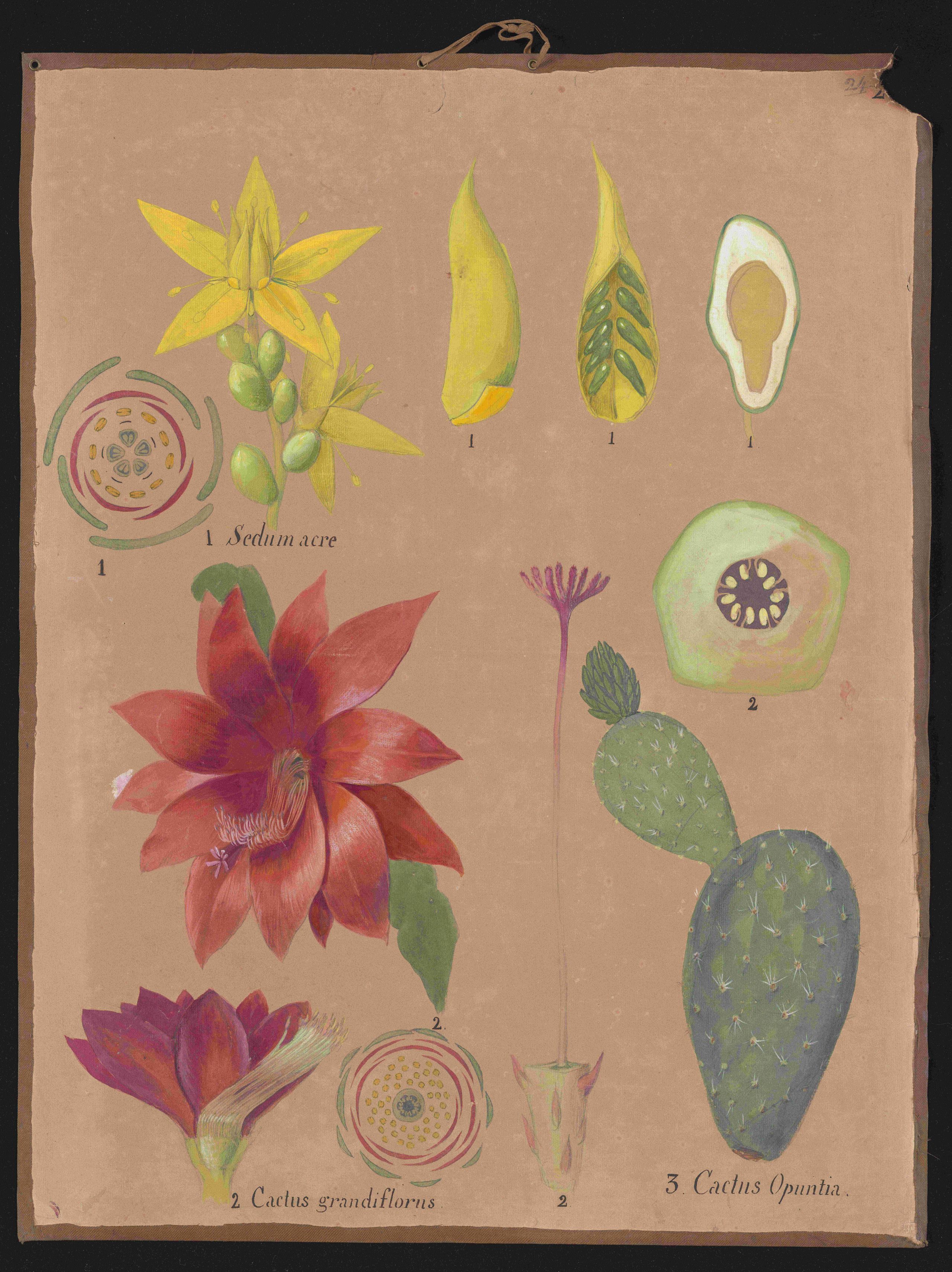
Plant systematics and morphology teaching wallchart: Cactus Sedum (Gouache and ink on paper, late nineteenth to early twentieth century). Cambridge University Herbarium
Plant systematics and morphology teaching wallchart: Cactus Sedum (Gouache and ink on paper, late nineteenth to early twentieth century). Cambridge University Herbarium

